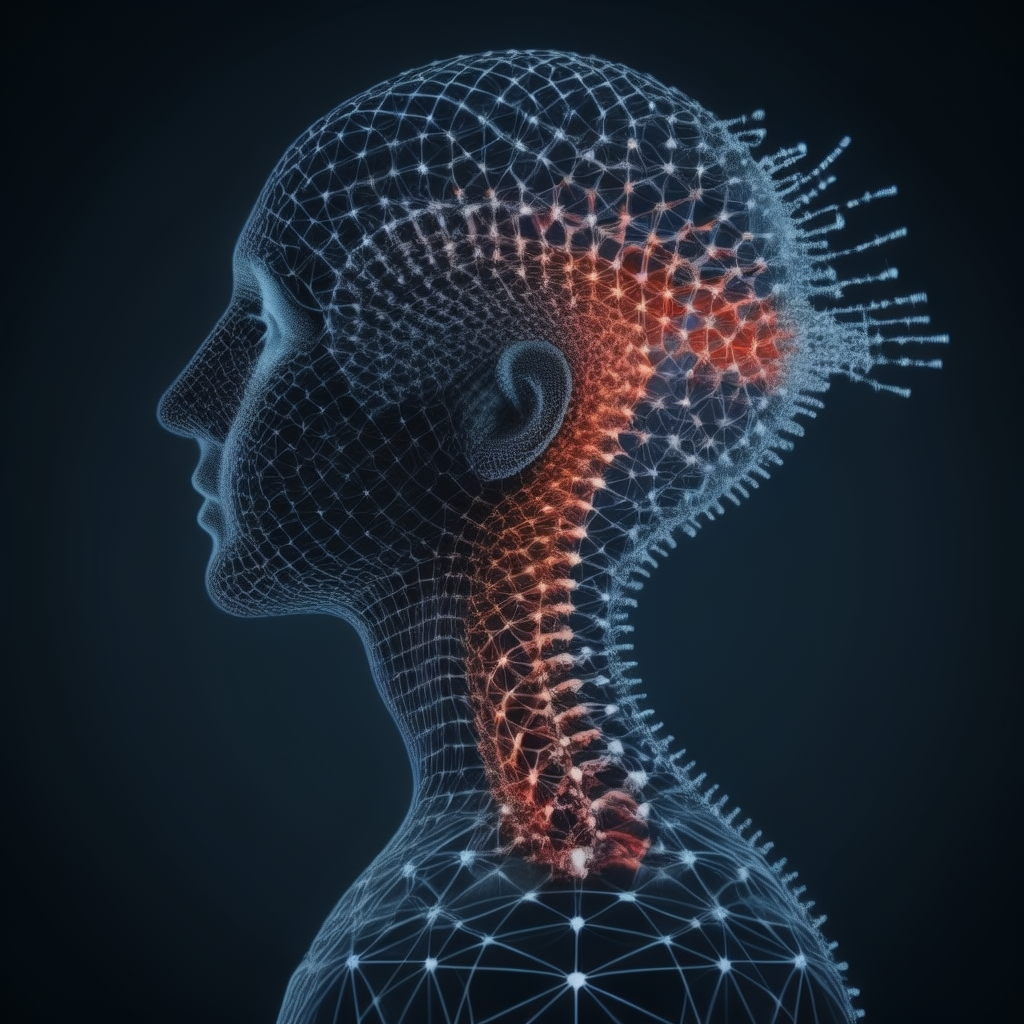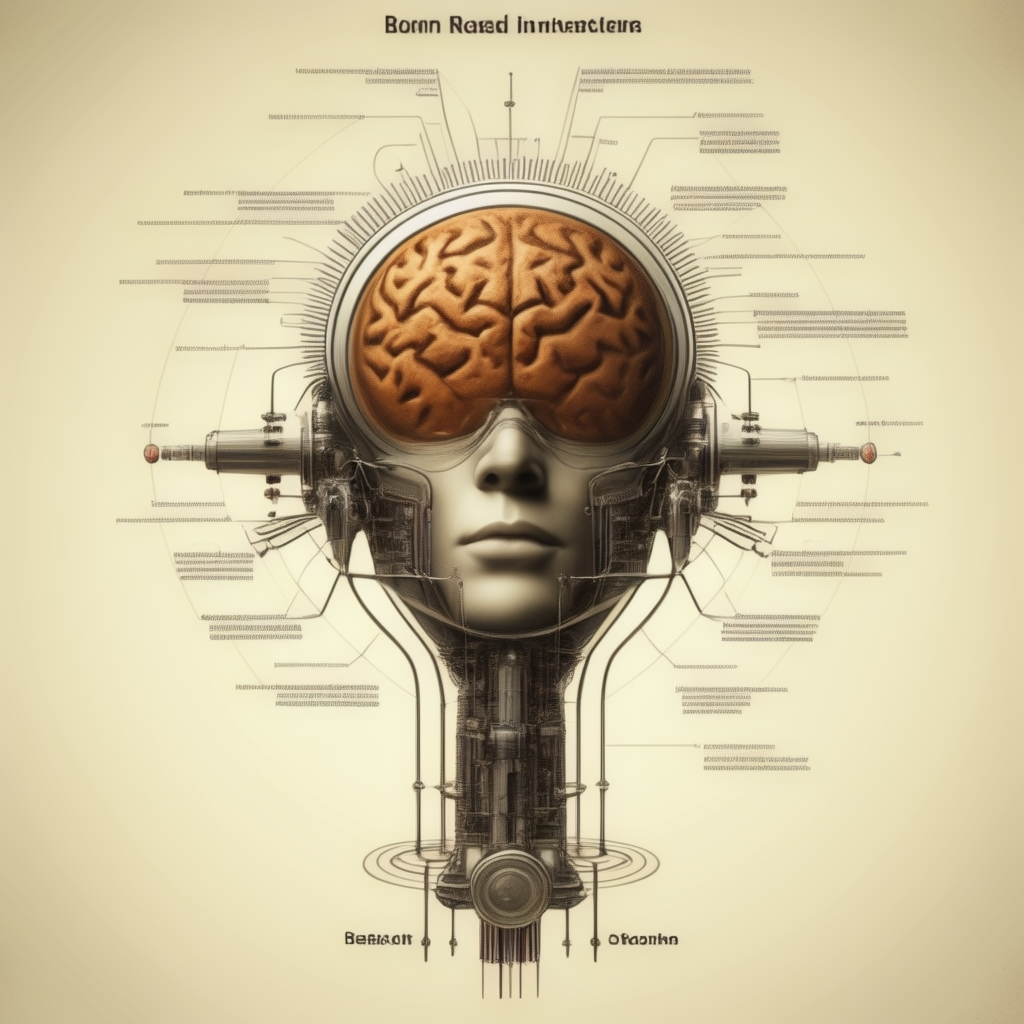The Genesis of Backpropagation: Bryson and Ho’s Pioneering Work
In 1969, Arthur Bryson and Yu-Chi Ho introduced a revolutionary learning algorithm that would later become a cornerstone of artificial intelligence and machine learning: the backpropagation algorithm. Initially applied to optimization problems in control theory, this algorithm has since transformed numerous fields, including computer science, psychology, and neuroscience.
The Fundamentals of Backpropagation
Backpropagation, short for “backward propagation of errors,” is a method used in artificial neural networks to calculate the gradient of the loss function with respect to the weights. This gradient is then used to update the weights to minimize the error. The algorithm is based on the chain rule of calculus and allows efficient computation of gradients for networks with multiple layers.
The Algorithm in Detail
- Forward Pass:
- Input Layer: The input features are fed into the neural network.
- Hidden Layers: Each neuron in the hidden layers processes the inputs from the previous layer using weighted connections, applies an activation function, and passes the result to the next layer.
- Output Layer: The final layer produces the output, which is compared to the true target values to calculate the error.
- Backward Pass:
- Error Calculation: The error (difference between the predicted output and the actual output) is calculated.
- Gradient Calculation: Using the chain rule, the gradients of the error with respect to the weights are computed. This involves propagating the error backward through the network.
- Weight Update: The weights are updated using the computed gradients and a learning rate, which controls the step size of the weight update.
Historical Impact and Applications
Bryson and Ho’s initial application of the backpropagation algorithm was limited to control theory, but its true potential was realized in the 1980s with the advent of more powerful computing resources. The algorithm was popularized by David E. Rumelhart, Geoffrey E. Hinton, and Ronald J. Williams in their seminal 1986 paper, “Learning representations by back-propagating errors.” This work demonstrated the algorithm’s ability to train deep neural networks, sparking a surge of research and development in neural network models.
Applications in Computer Science
- Image Recognition:
- Convolutional Neural Networks (CNNs) use backpropagation to adjust the weights of filters, enabling them to detect patterns in images for tasks such as object detection and facial recognition.
- Natural Language Processing (NLP):
- Recurrent Neural Networks (RNNs) and their variants (LSTM and GRU) rely on backpropagation through time (BPTT) to handle sequential data, making them effective for tasks like language translation and sentiment analysis.
- Reinforcement Learning:
- Deep Q-Networks (DQNs) use backpropagation to learn policies for agents interacting with environments, achieving superhuman performance in games like Atari and Go.
Applications in Psychology and Neuroscience
Backpropagation has also influenced cognitive psychology and neuroscience by providing a plausible model of learning in the brain. Researchers have used artificial neural networks to simulate cognitive processes such as perception, memory, and decision-making, gaining insights into how the human brain might implement similar learning mechanisms.
Parallel Distributed Processing
The widespread dissemination of backpropagation’s results was facilitated by the 1986 publication “Parallel Distributed Processing: Explorations in the Microstructure of Cognition” by Rumelhart, McClelland, and the PDP Research Group. This collection of work emphasized the parallel and distributed nature of neural network computations, highlighting how simple units working together could produce complex behavior. The PDP framework underscored the potential of neural networks to model a wide range of cognitive functions.
Evolution and Advances
Since its inception, backpropagation has undergone significant enhancements:
- Activation Functions:
- The introduction of non-linear activation functions like ReLU (Rectified Linear Unit) has mitigated issues like vanishing gradients, making it easier to train deep networks.
- Optimization Techniques:
- Advanced optimization algorithms, such as Adam and RMSprop, have improved the efficiency and convergence of the training process.
- Regularization Methods:
- Techniques like dropout and batch normalization have been developed to prevent overfitting and ensure robust model performance.
Future Directions
The future of backpropagation and neural networks looks promising, with ongoing research focused on:
- Scalability:
- Developing algorithms that can efficiently train models with billions of parameters.
- Biological Plausibility:
- Bridging the gap between artificial neural networks and biological neural networks to create more accurate models of brain function.
- Interdisciplinary Applications:
- Applying neural network models to diverse fields such as genomics, climate modeling, and financial forecasting.
Beyond Backpropagation: Enhancements and Innovations
Advanced Variants and Techniques
- Backpropagation Through Time (BPTT):
- This is an extension of backpropagation applied to recurrent neural networks (RNNs). BPTT unrolls the network through time and applies backpropagation to handle sequential data, enabling RNNs to learn dependencies across time steps. This is crucial for tasks like language modeling and time series prediction.
- Truncated BPTT:
- To address the high computational cost of BPTT, truncated BPTT processes only a fixed number of time steps. This approximation reduces memory usage and computation time, making training more feasible for long sequences.
- Second-Order Methods:
- Techniques like the Newton-Raphson method and Hessian-free optimization leverage second-order derivatives to provide more accurate updates during training. These methods can converge faster and more reliably than traditional gradient descent, especially for complex neural network architectures.
Overcoming Limitations
- Gradient Clipping:
- To prevent the exploding gradient problem, where gradients become excessively large, gradient clipping restricts the gradients to a maximum value. This technique is particularly useful in training deep networks and RNNs.
- Batch Normalization:
- By normalizing the inputs of each layer, batch normalization stabilizes and accelerates the training process. It mitigates the internal covariate shift problem and allows for higher learning rates, leading to faster convergence.
- Dropout:
- This regularization technique randomly drops units (along with their connections) during training to prevent overfitting. Dropout ensures that the network does not rely on specific neurons, promoting the development of robust features.
Integration with Modern Technologies
- Graphical Processing Units (GPUs):
- The parallel processing capabilities of GPUs have revolutionized the training of deep neural networks. GPUs significantly speed up the computation of gradients and matrix operations, making backpropagation more efficient for large-scale models.
- Tensor Processing Units (TPUs):
- Developed by Google, TPUs are specialized hardware accelerators designed for machine learning tasks. They provide optimized performance for neural network computations, further enhancing the efficiency of backpropagation.
- Quantum Computing:
- Emerging research explores the use of quantum computing to accelerate neural network training. Quantum algorithms have the potential to solve certain optimization problems exponentially faster than classical algorithms, promising significant advancements in backpropagation.
Cross-Disciplinary Impact
Cognitive Science and Psychology
- Modeling Human Cognition:
- Neural networks trained with backpropagation are used to simulate cognitive processes such as learning, memory, and perception. These models help researchers understand how the brain processes information and adapts to new stimuli.
- Neuroimaging Data Analysis:
- Deep learning techniques are applied to analyze neuroimaging data, identifying patterns and correlations that provide insights into brain function and structure. This aids in the diagnosis and treatment of neurological disorders.
Economics and Finance
- Algorithmic Trading:
- Financial models trained using backpropagation can predict stock prices, optimize trading strategies, and manage risks. These models analyze vast amounts of historical data to identify trends and make informed decisions.
- Credit Scoring:
- Machine learning algorithms assess creditworthiness by analyzing patterns in financial behavior. These models improve the accuracy of credit scores, reducing the risk of default and enabling fairer lending practices.
The Role of Explainable AI
- Interpretability:
- While neural networks are often seen as black boxes, efforts are being made to develop explainable AI (XAI) methods. Techniques such as attention mechanisms and saliency maps provide insights into how neural networks make decisions, increasing transparency and trust.
- Ethical Considerations:
- Understanding the decision-making process of AI systems is crucial for ensuring ethical use. Explainable AI helps identify and mitigate biases, ensuring that AI applications are fair and unbiased.
Future Directions in Backpropagation
- Federated Learning:
- This approach enables the training of models across decentralized devices while keeping data local. Federated learning leverages backpropagation to update global models without compromising user privacy, paving the way for collaborative and secure AI systems.
- Neurosymbolic AI:
- Combining neural networks with symbolic reasoning, neurosymbolic AI aims to integrate the strengths of both approaches. Backpropagation plays a role in training the neural components, while symbolic reasoning enhances interpretability and logical inference.
- Automated Machine Learning (AutoML):
- AutoML automates the design and optimization of machine learning models. Techniques like neural architecture search (NAS) utilize backpropagation to evaluate and refine candidate architectures, streamlining the model development process.
Conclusion: The Ever-Evolving Legacy of Backpropagation
Backpropagation, introduced by Bryson and Ho, has evolved far beyond its original application. Its impact spans various fields, driving advancements in technology, science, and industry. As we continue to innovate and refine this foundational algorithm, backpropagation will remain a critical tool in the quest to unlock the full potential of artificial intelligence and machine learning.
The backpropagation algorithm, first introduced by Bryson and Ho and later popularized by researchers in the 1980s, has had a profound impact on both artificial intelligence and our understanding of human cognition. Its ability to efficiently train deep neural networks has revolutionized numerous fields, paving the way for advancements that continue to shape our world. As we look to the future, the continued evolution of backpropagation promises to unlock new frontiers in technology and science, driving innovation and discovery in ways we are only beginning to imagine.






